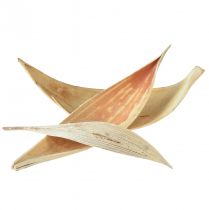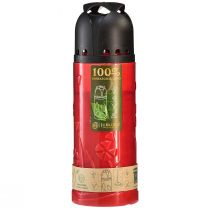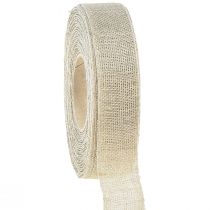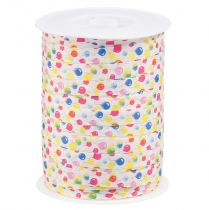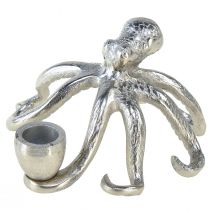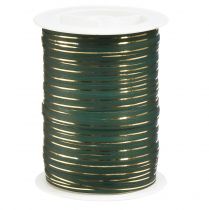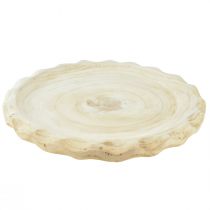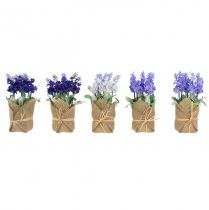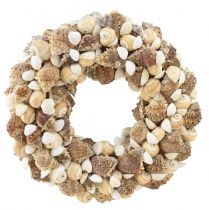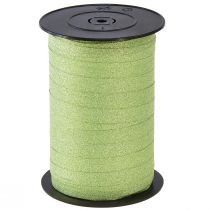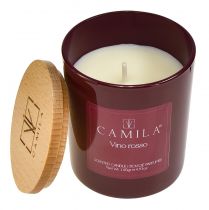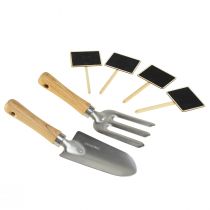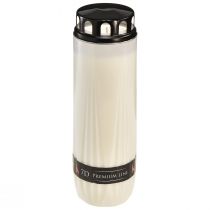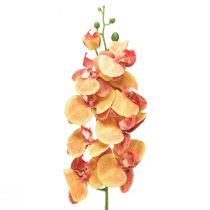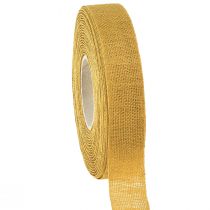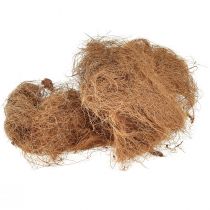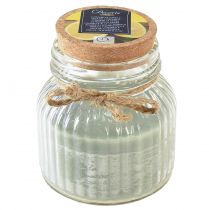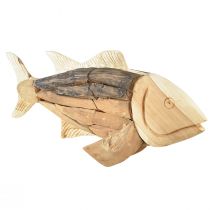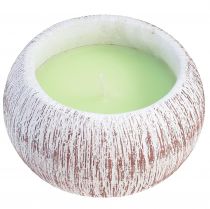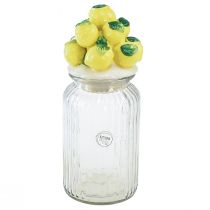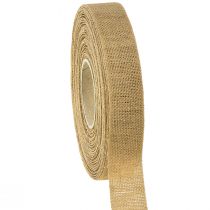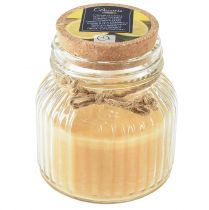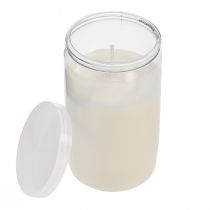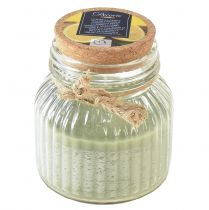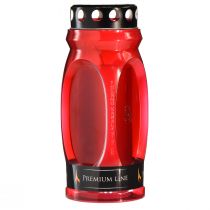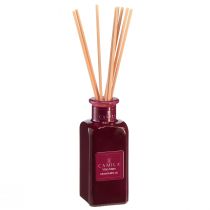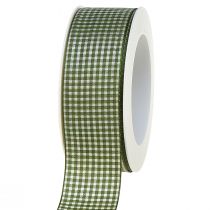garden
![]() The term "garden" refers to a piece of open land that, through the deliberate intervention of humans and their planting, becomes a cultivated or even aesthetic preparation. Even if the abandonment of an open space without intervention from outside – in this country also known under the term wild garden – can be seen as a garden in the strict sense, it is generally assumed that a specific arrangement of a garden. The garden also distinguishes itself from a field that rather serves the rearing of vegetables, fruits and other crops and thus puts the commercial use in the foreground. In the case of a private garden, on the other hand, the aesthetic aspect is in the foreground, even if this does not preclude a harvest of fruit and vegetables within a manageable framework for private use. Throughout many eras, and often in close relation to diverse cultures, gardens are not prepared solely by targeted planting, but can also include small buildings or ornate objects. Gardens are also being run in Germany and around the world for scientific purposes, in order to be able to learn more about botany in general and about the flowers and plants that have been planted in particular, through information boards.
The term "garden" refers to a piece of open land that, through the deliberate intervention of humans and their planting, becomes a cultivated or even aesthetic preparation. Even if the abandonment of an open space without intervention from outside – in this country also known under the term wild garden – can be seen as a garden in the strict sense, it is generally assumed that a specific arrangement of a garden. The garden also distinguishes itself from a field that rather serves the rearing of vegetables, fruits and other crops and thus puts the commercial use in the foreground. In the case of a private garden, on the other hand, the aesthetic aspect is in the foreground, even if this does not preclude a harvest of fruit and vegetables within a manageable framework for private use. Throughout many eras, and often in close relation to diverse cultures, gardens are not prepared solely by targeted planting, but can also include small buildings or ornate objects. Gardens are also being run in Germany and around the world for scientific purposes, in order to be able to learn more about botany in general and about the flowers and plants that have been planted in particular, through information boards.
